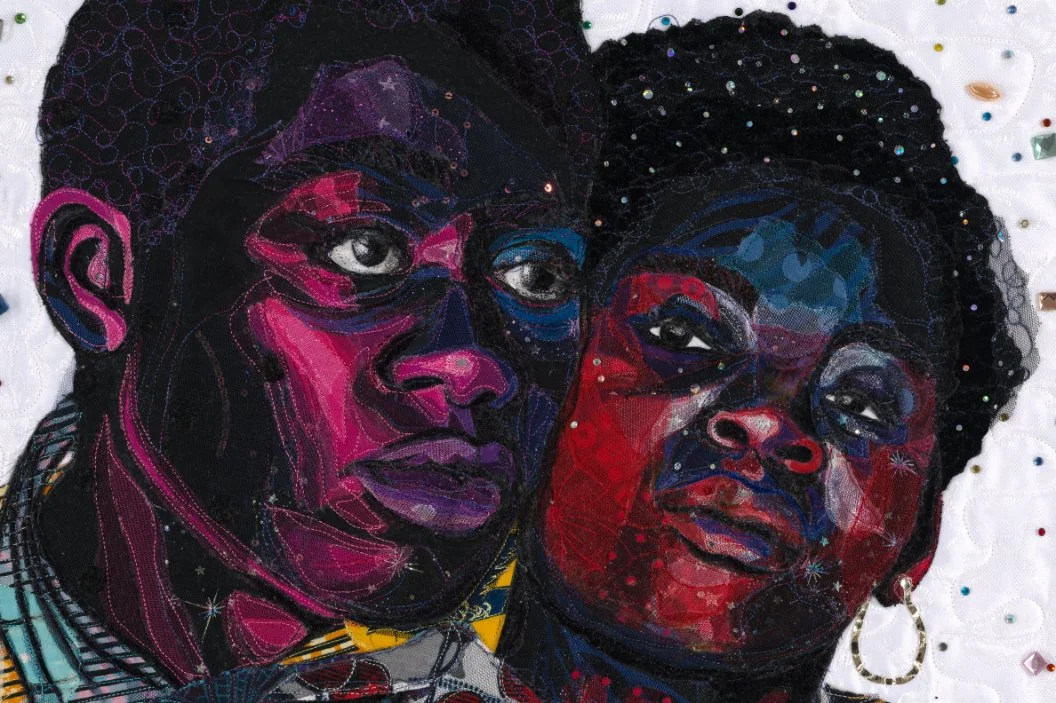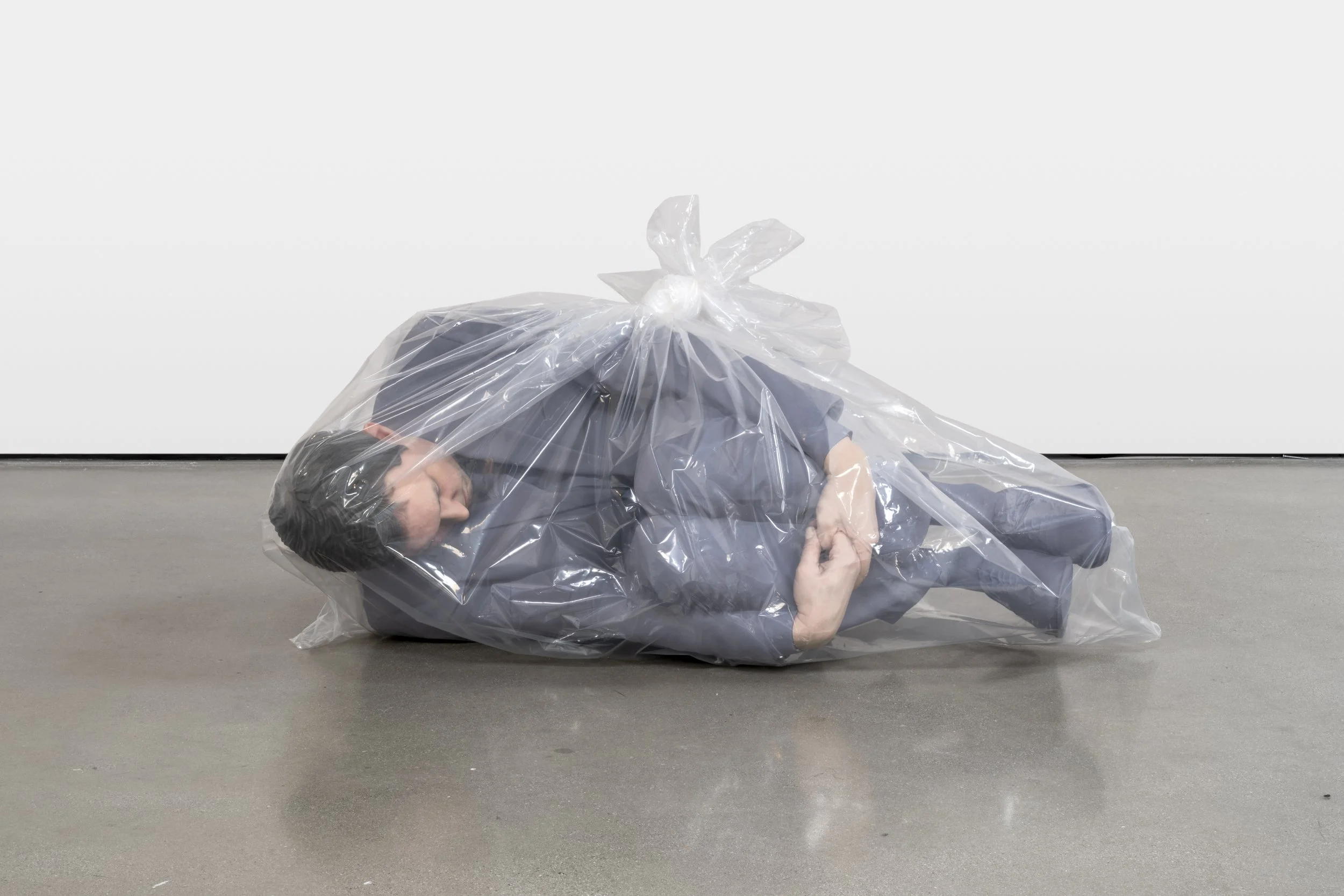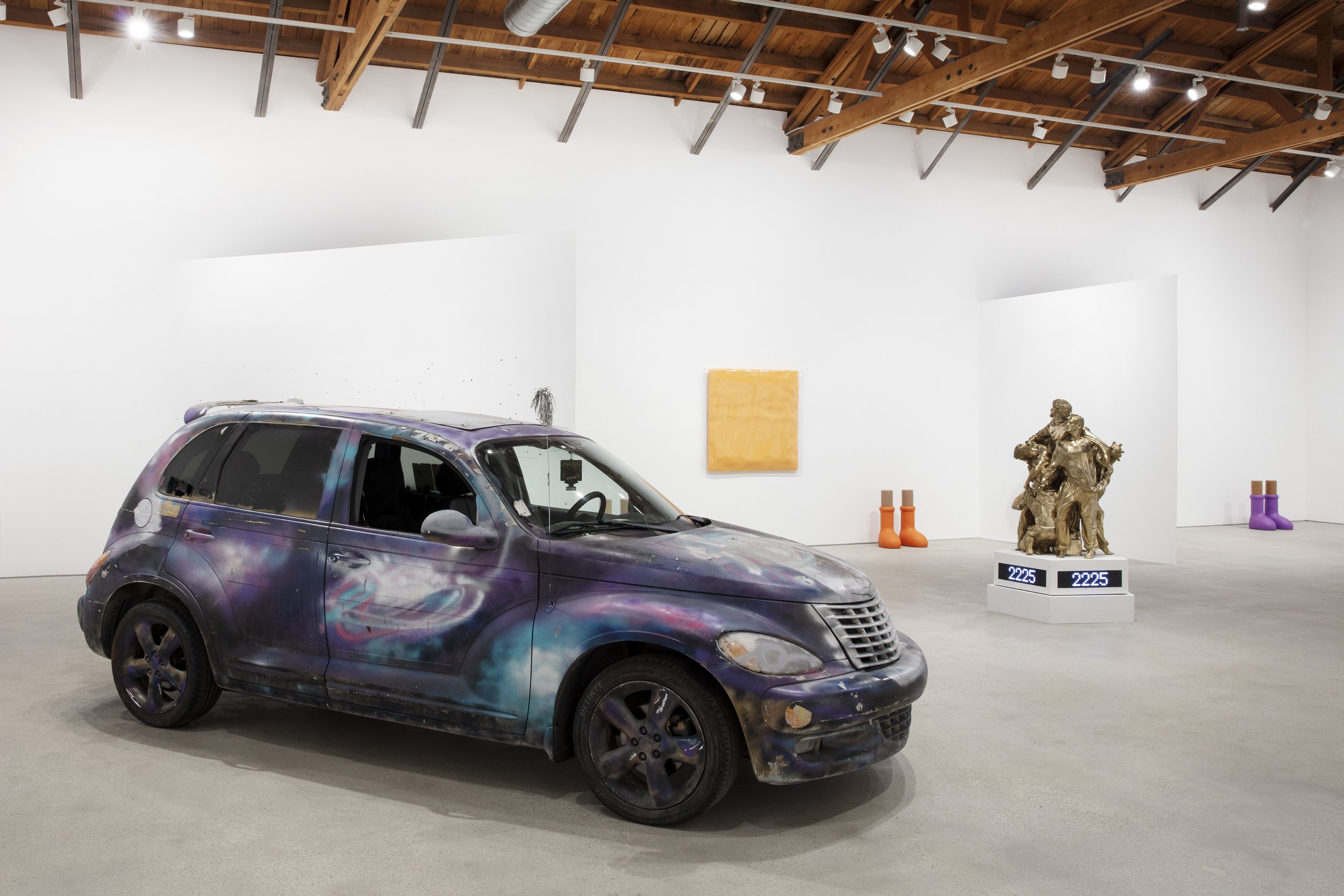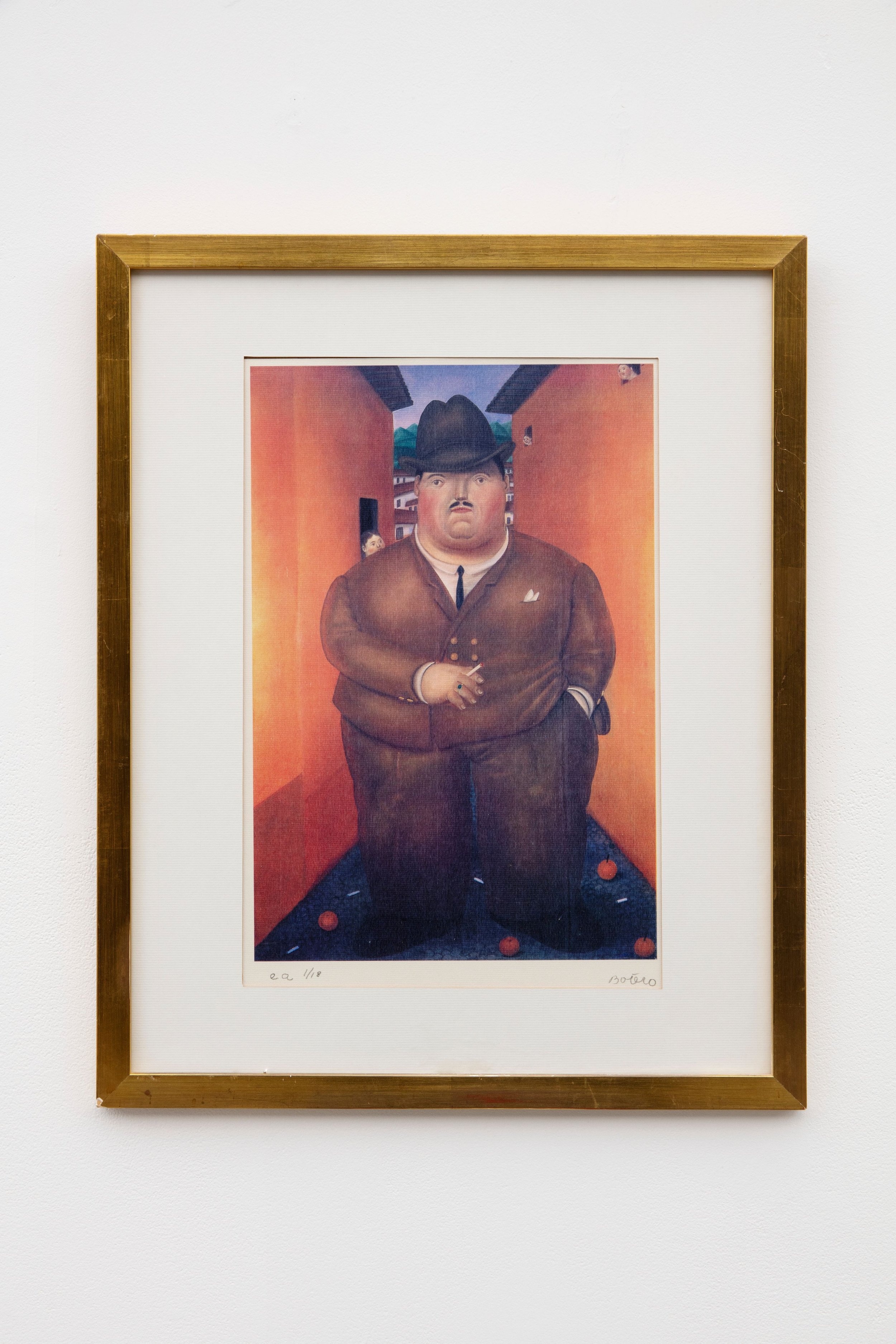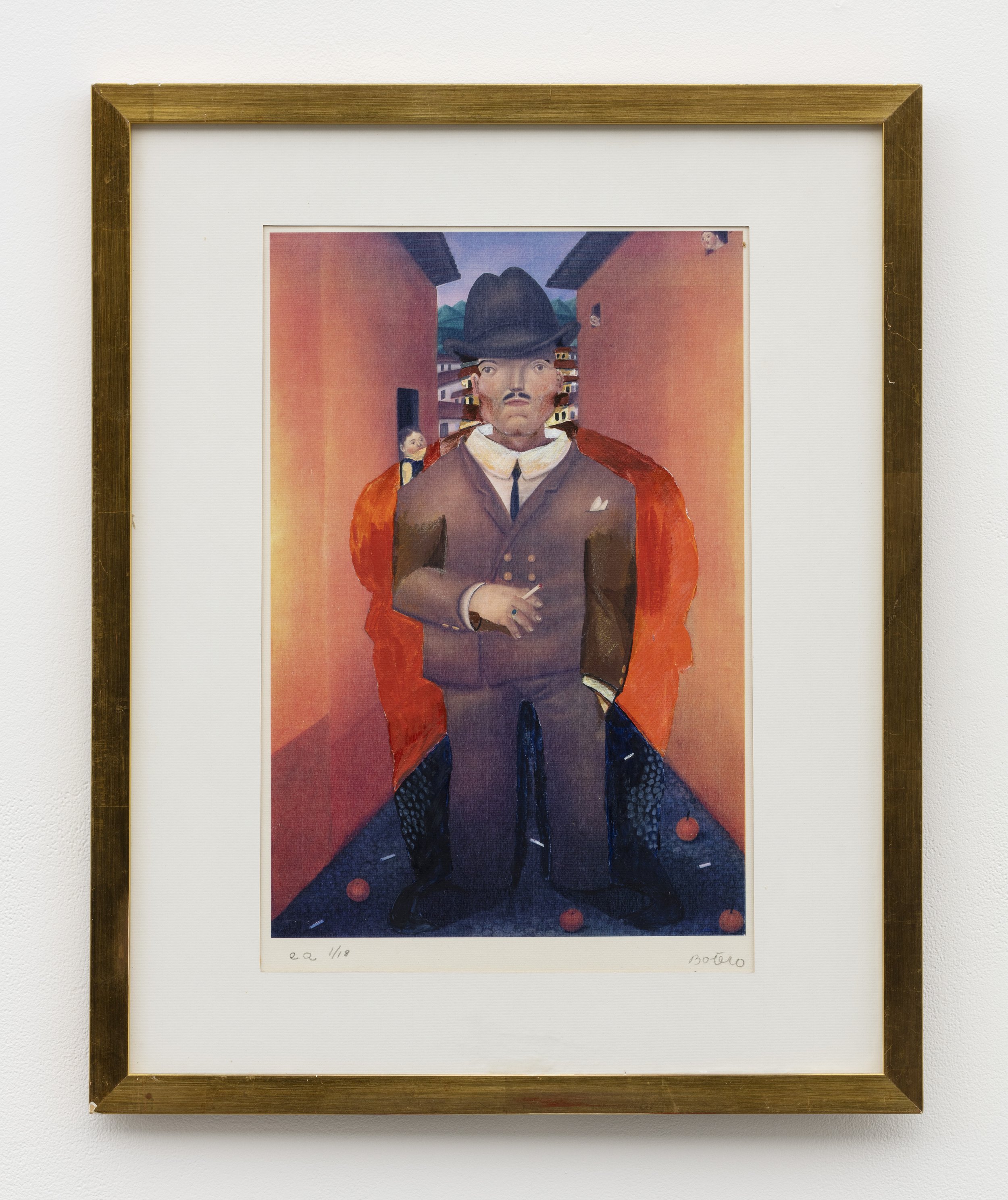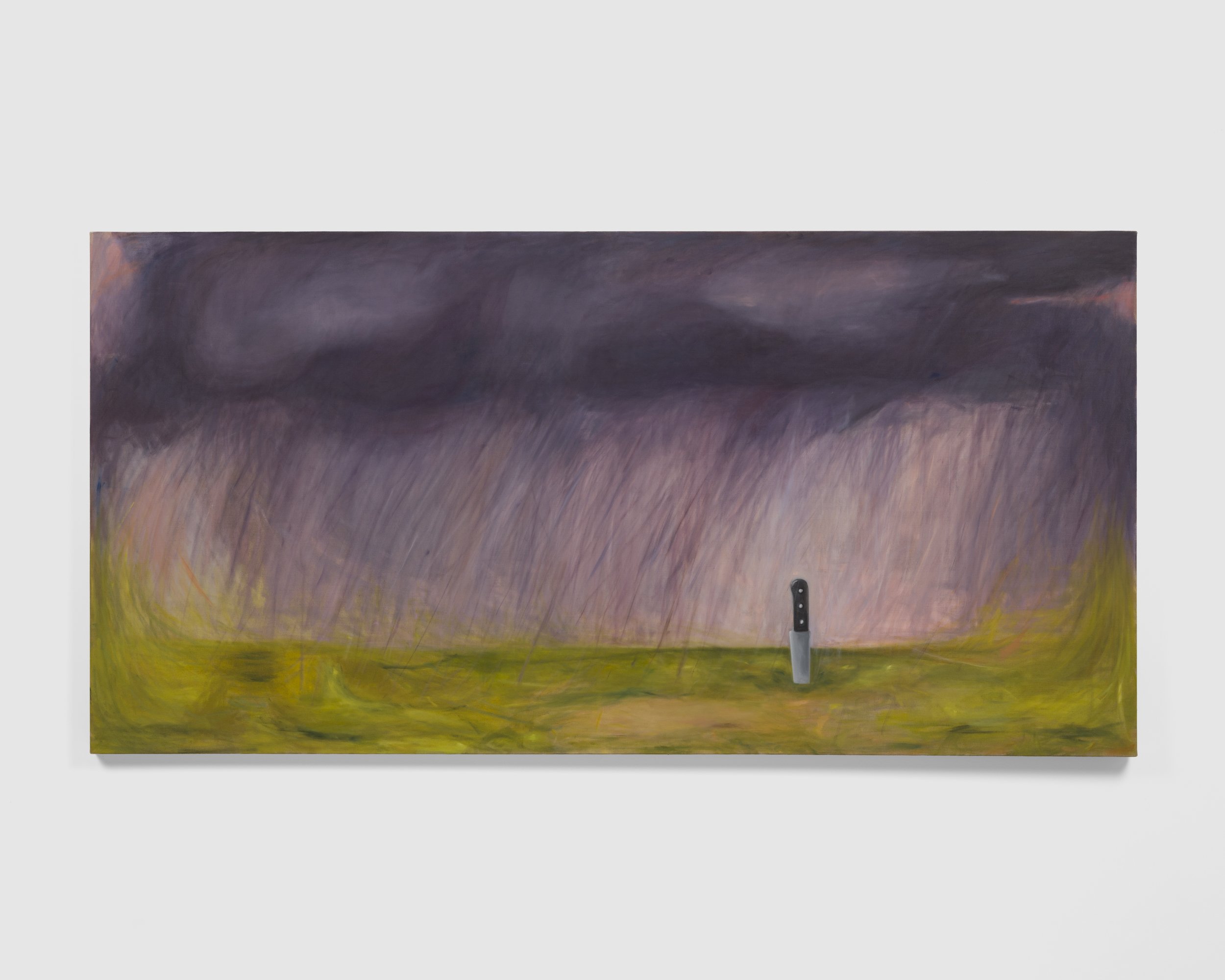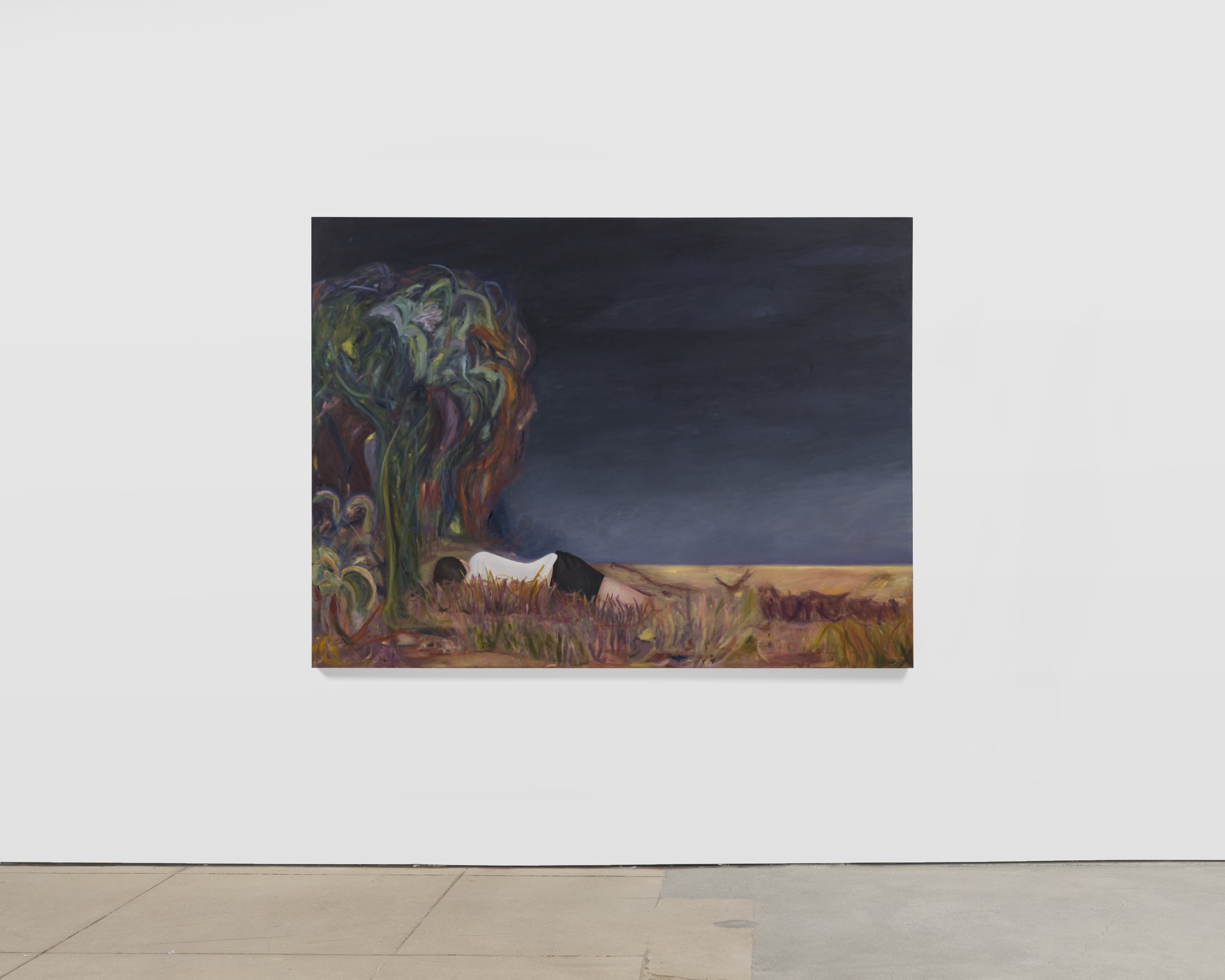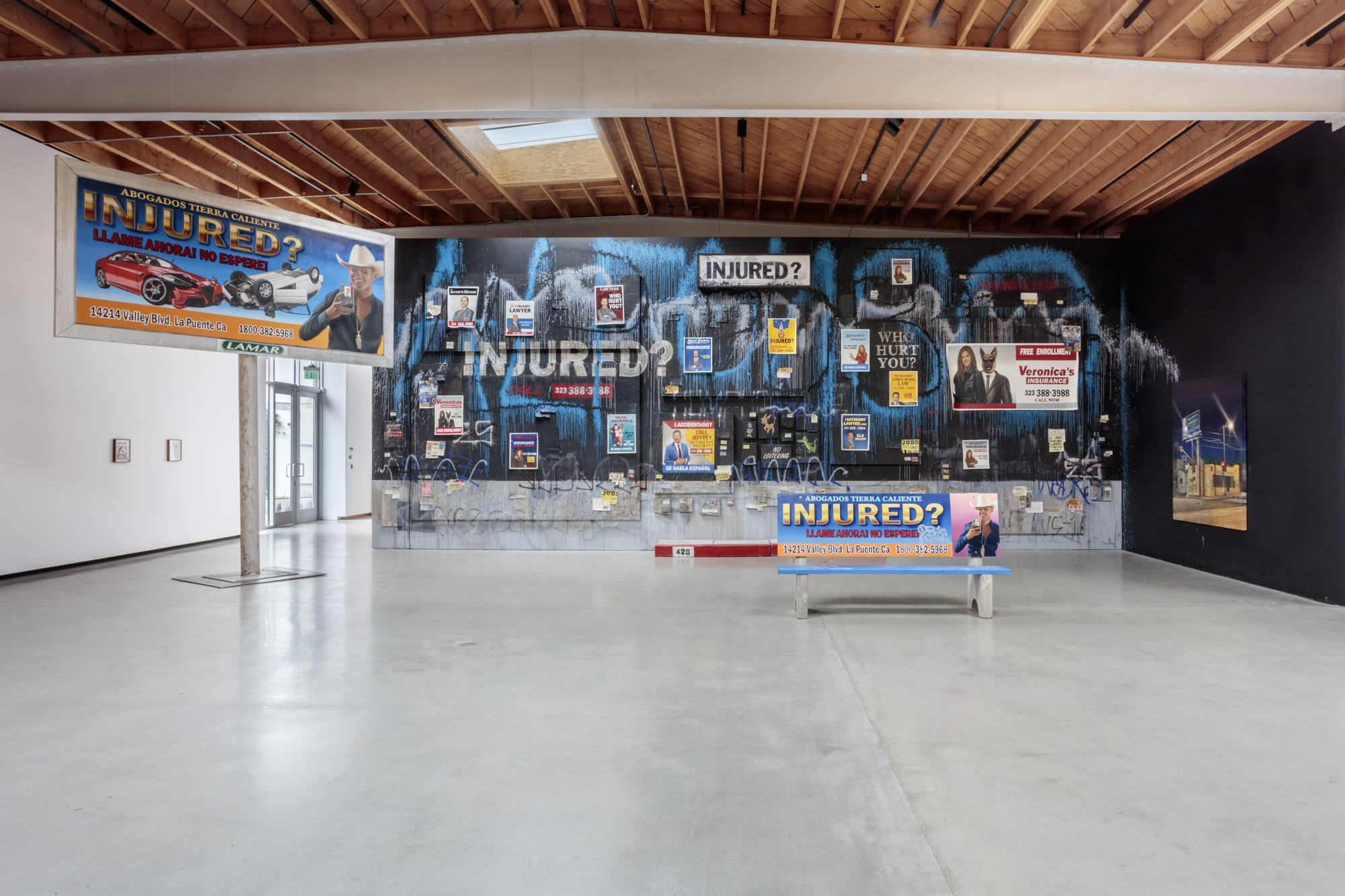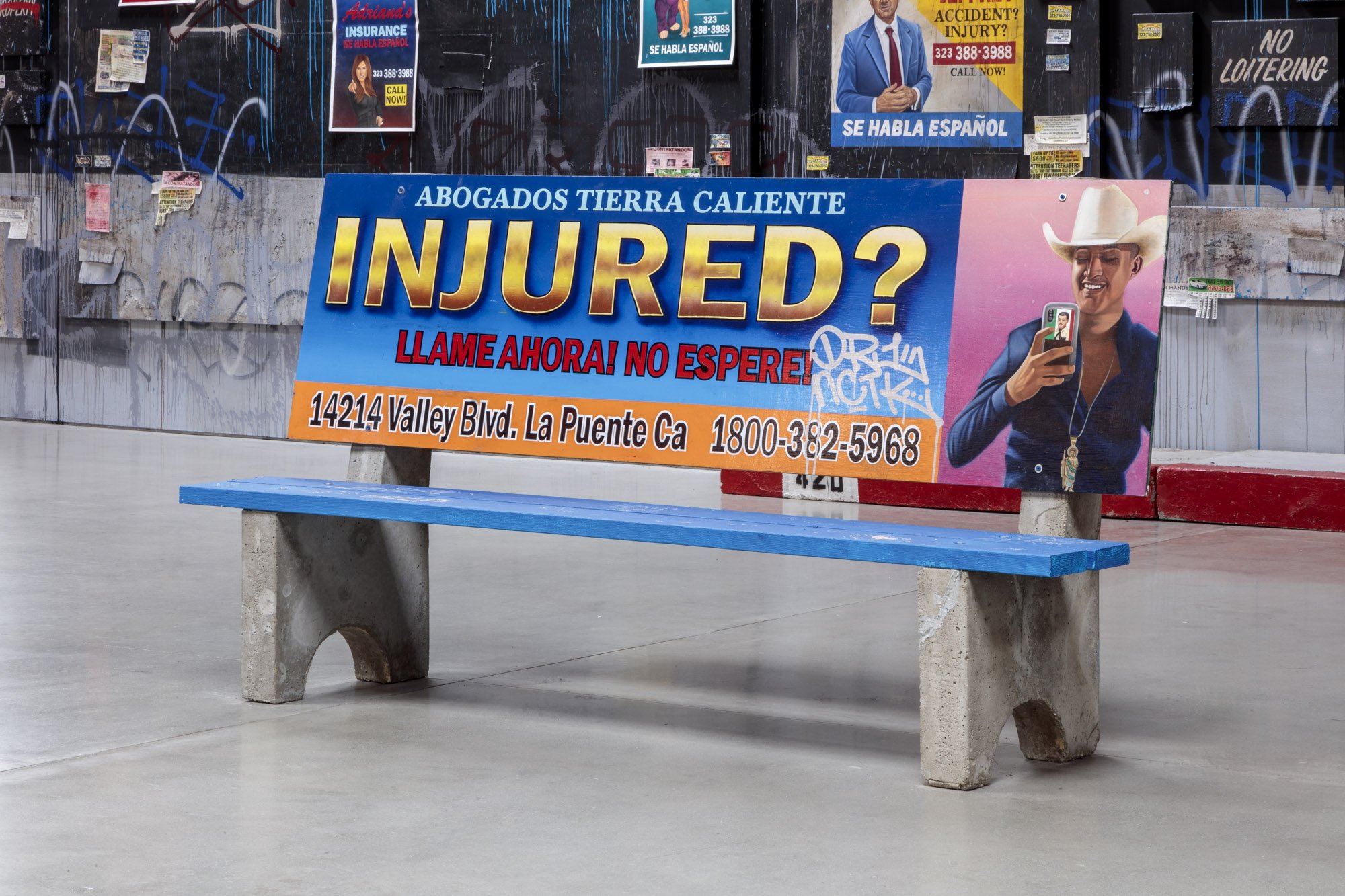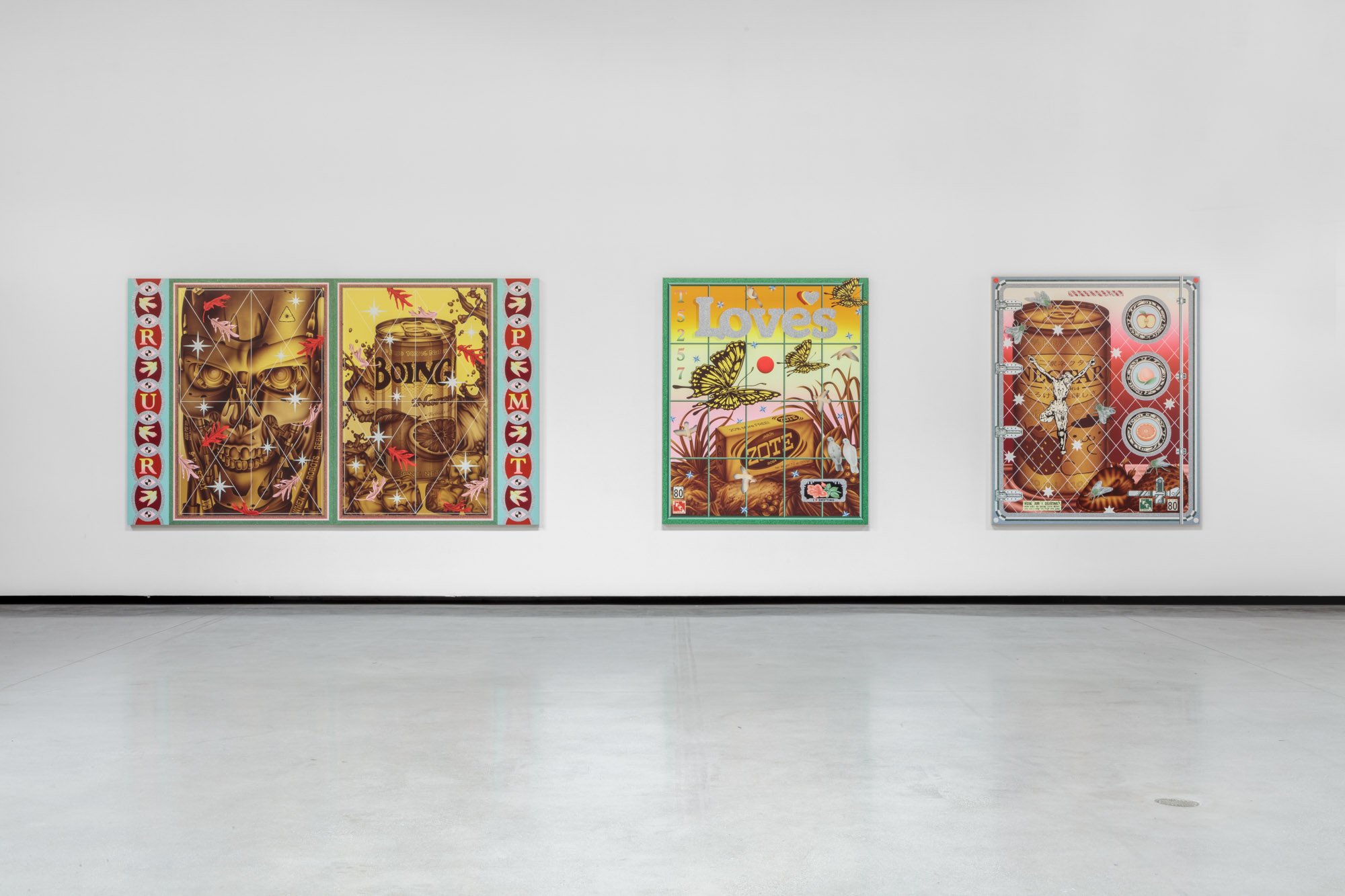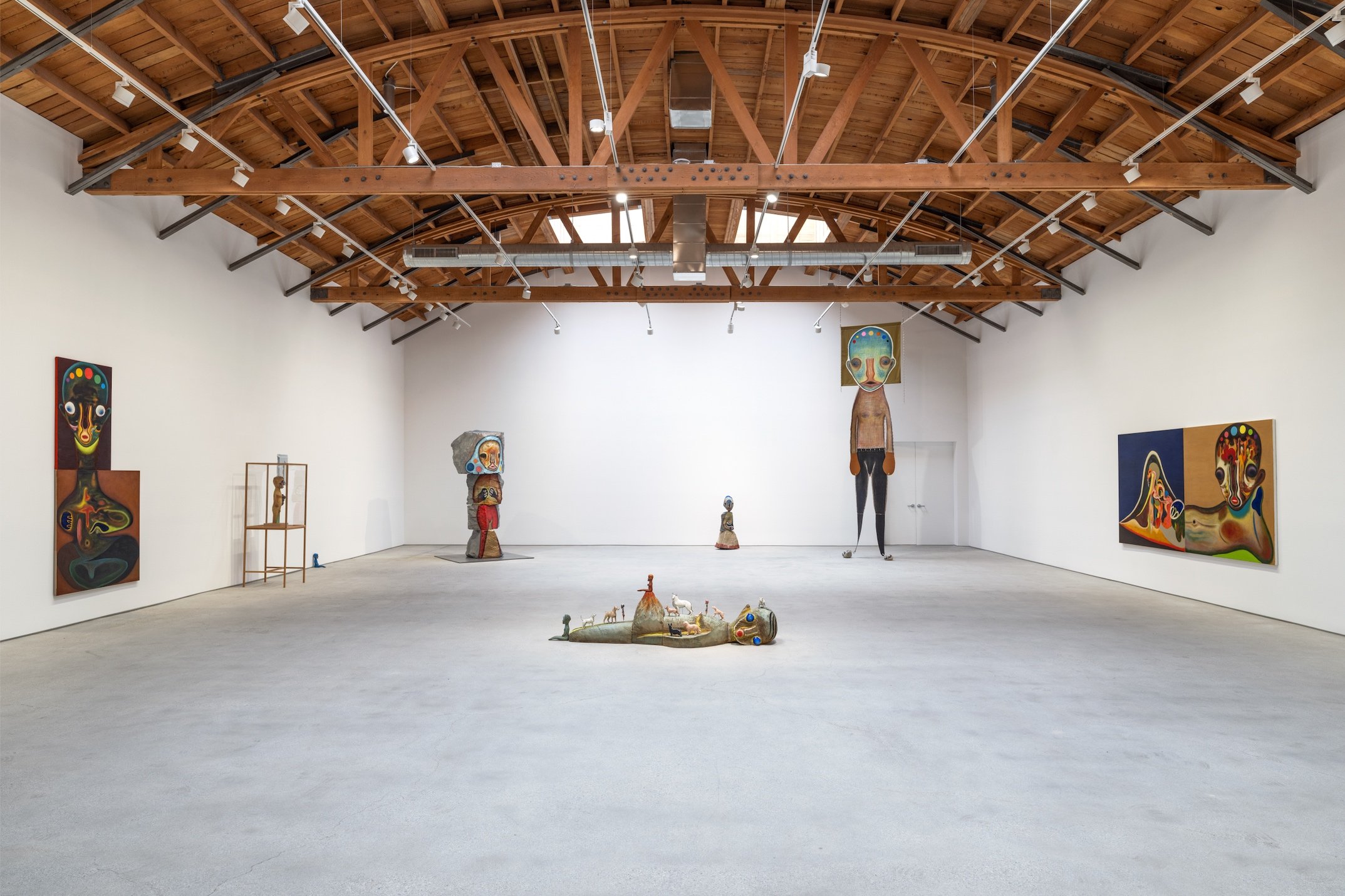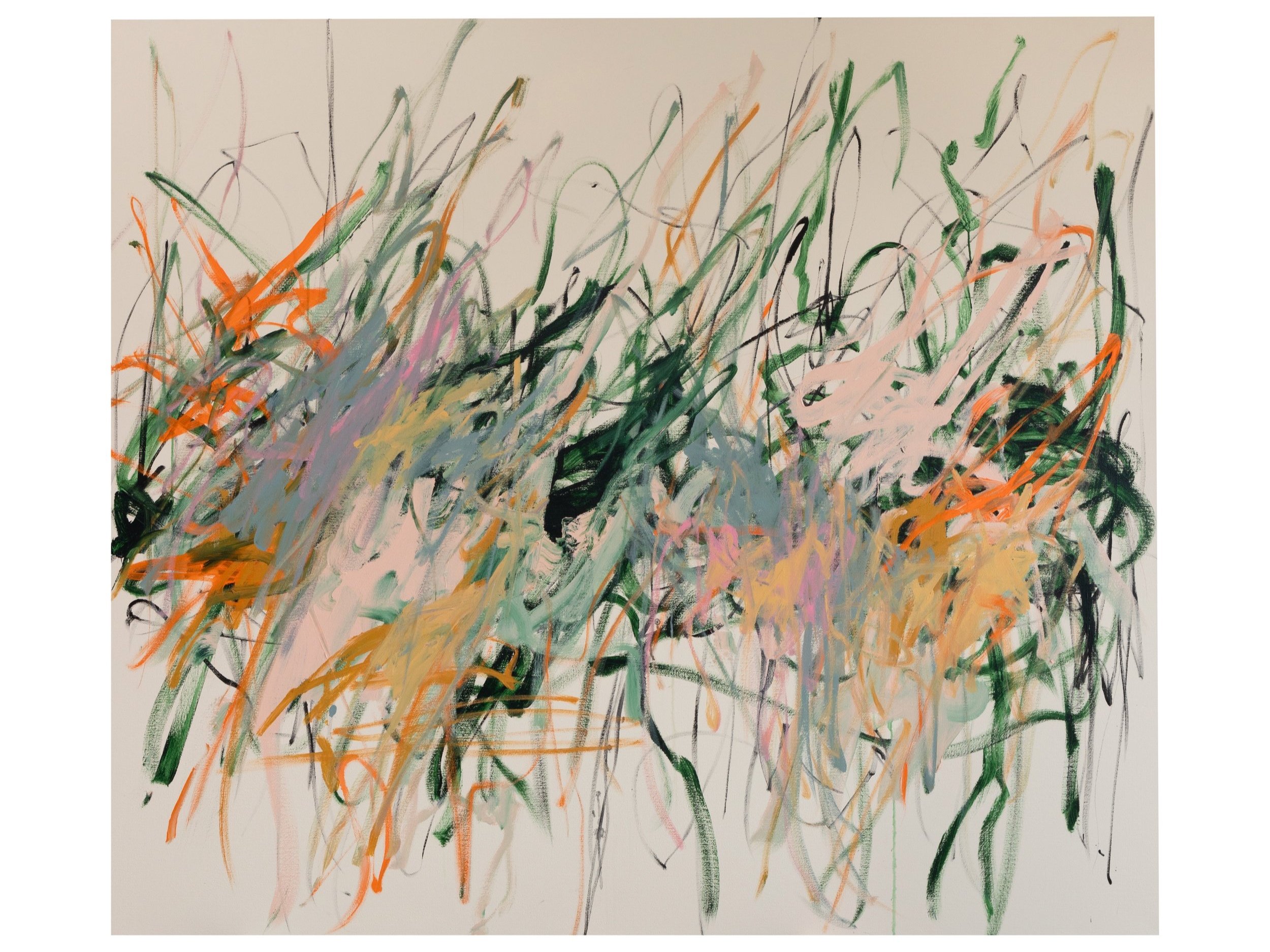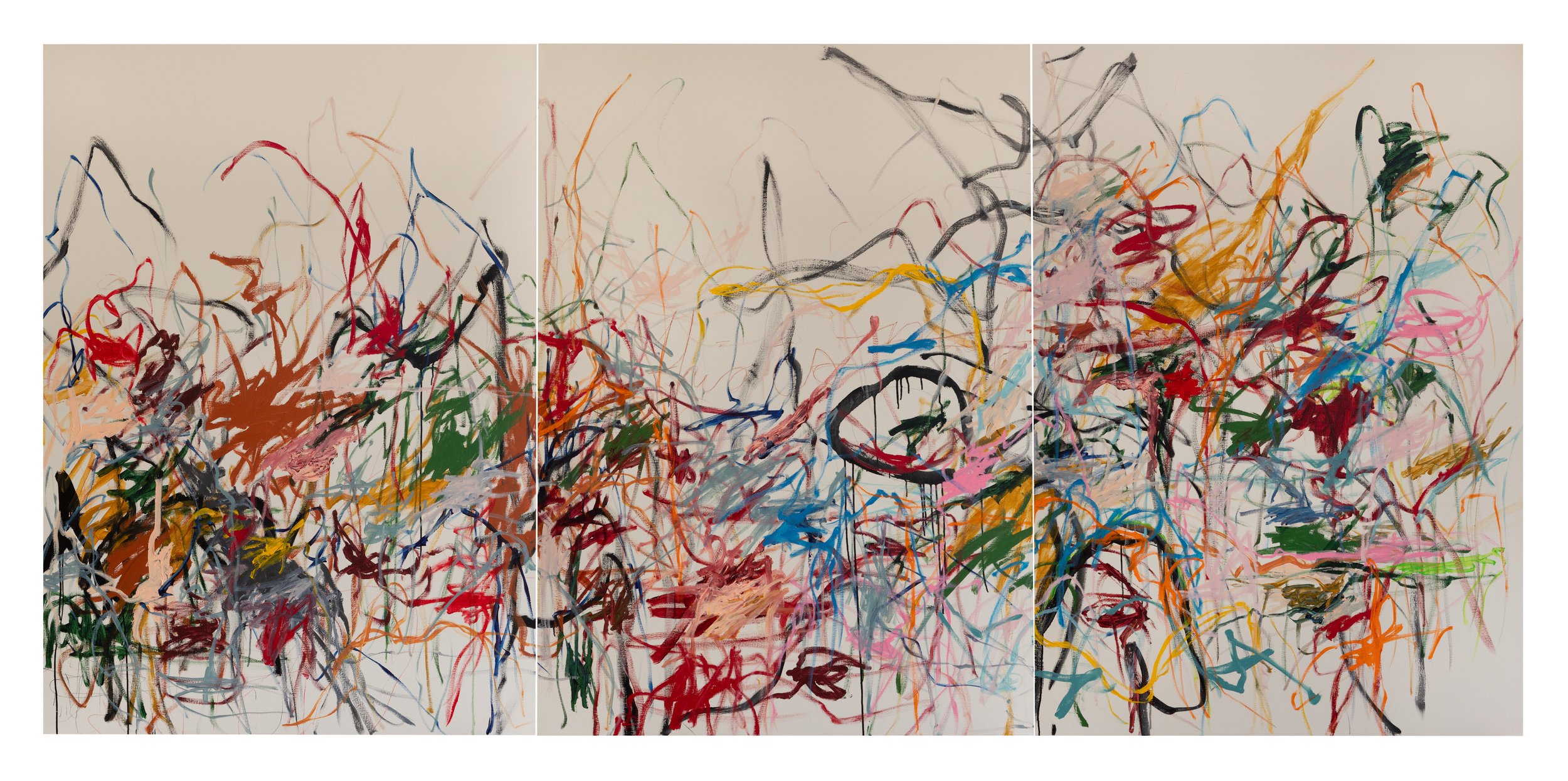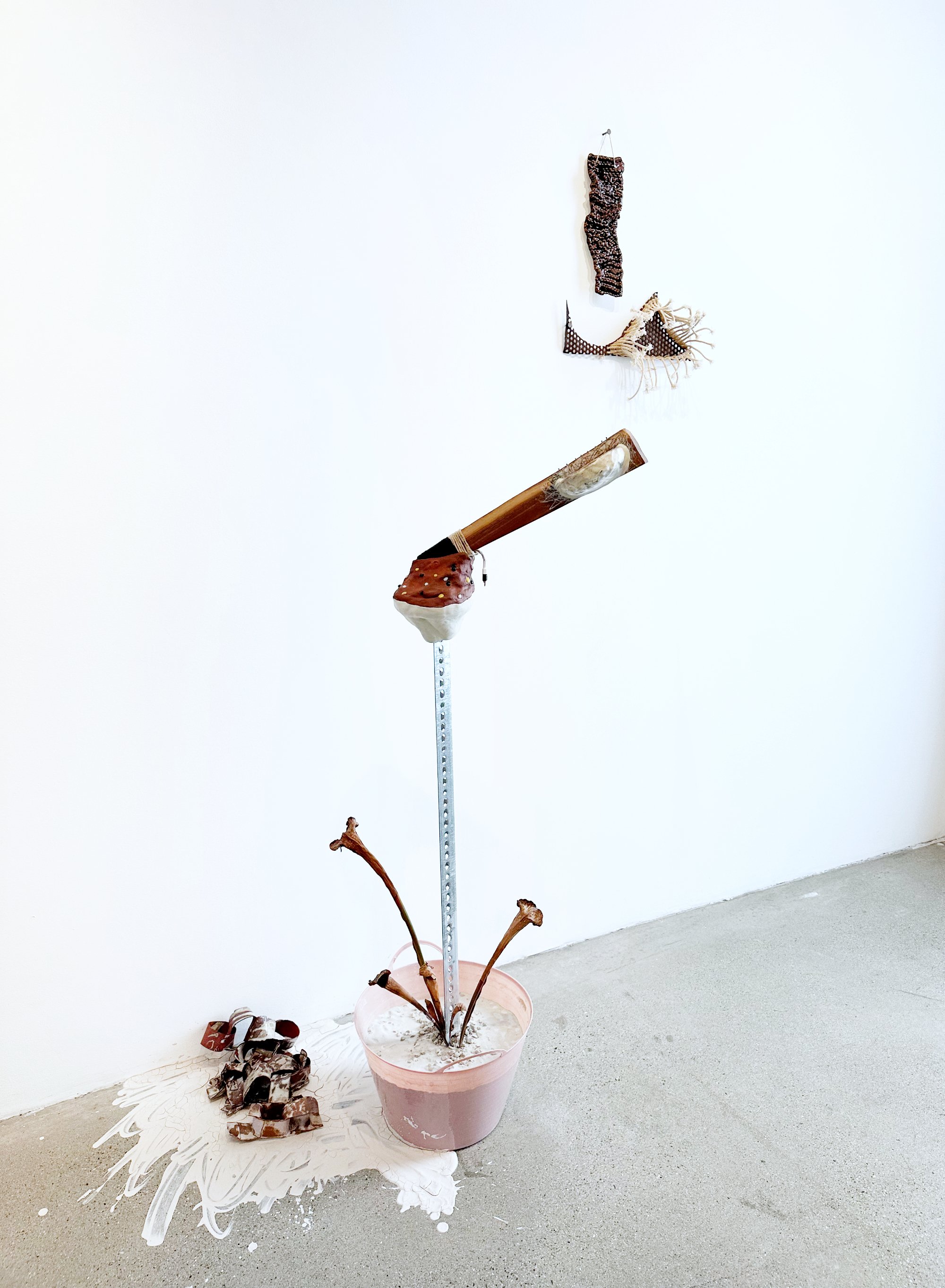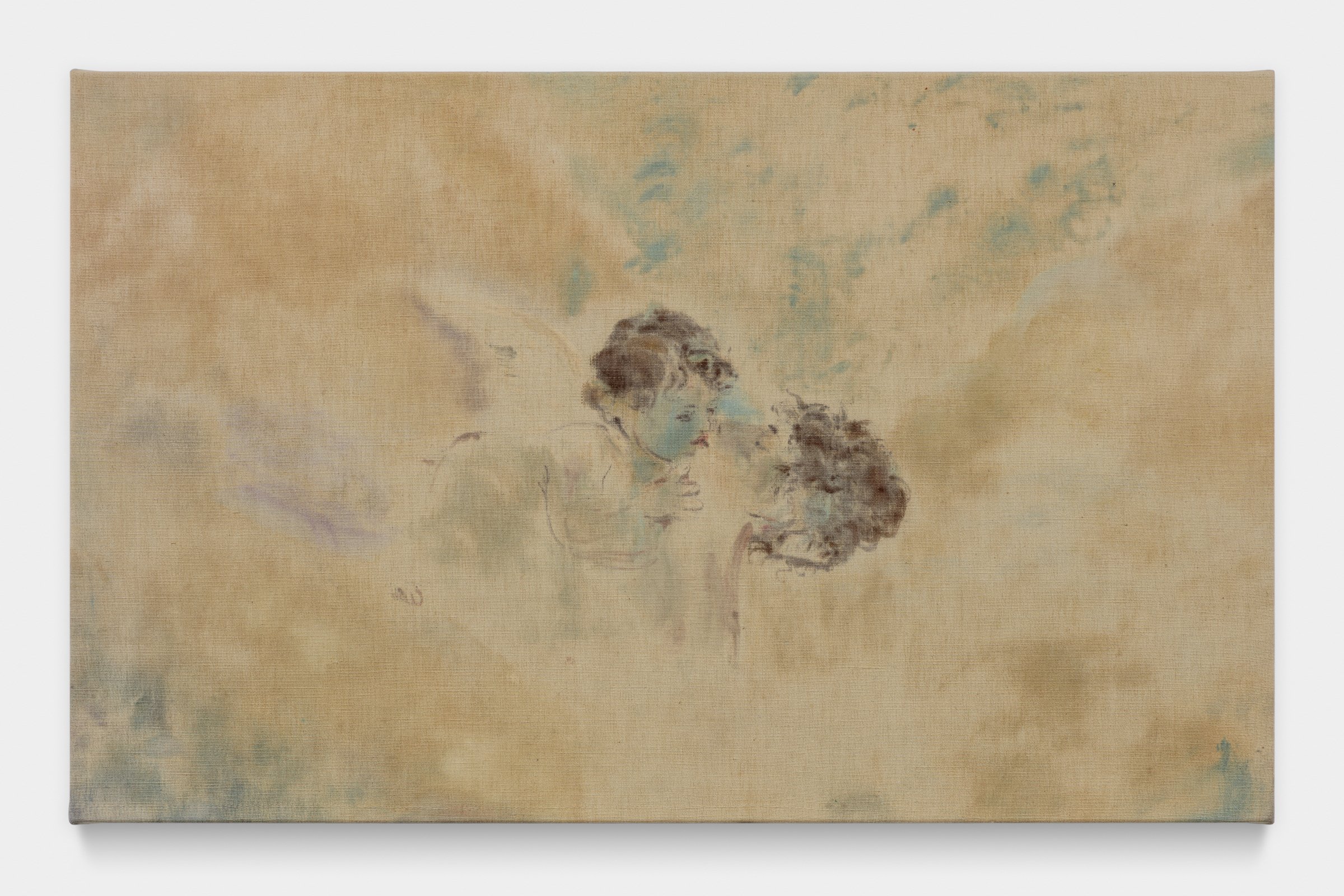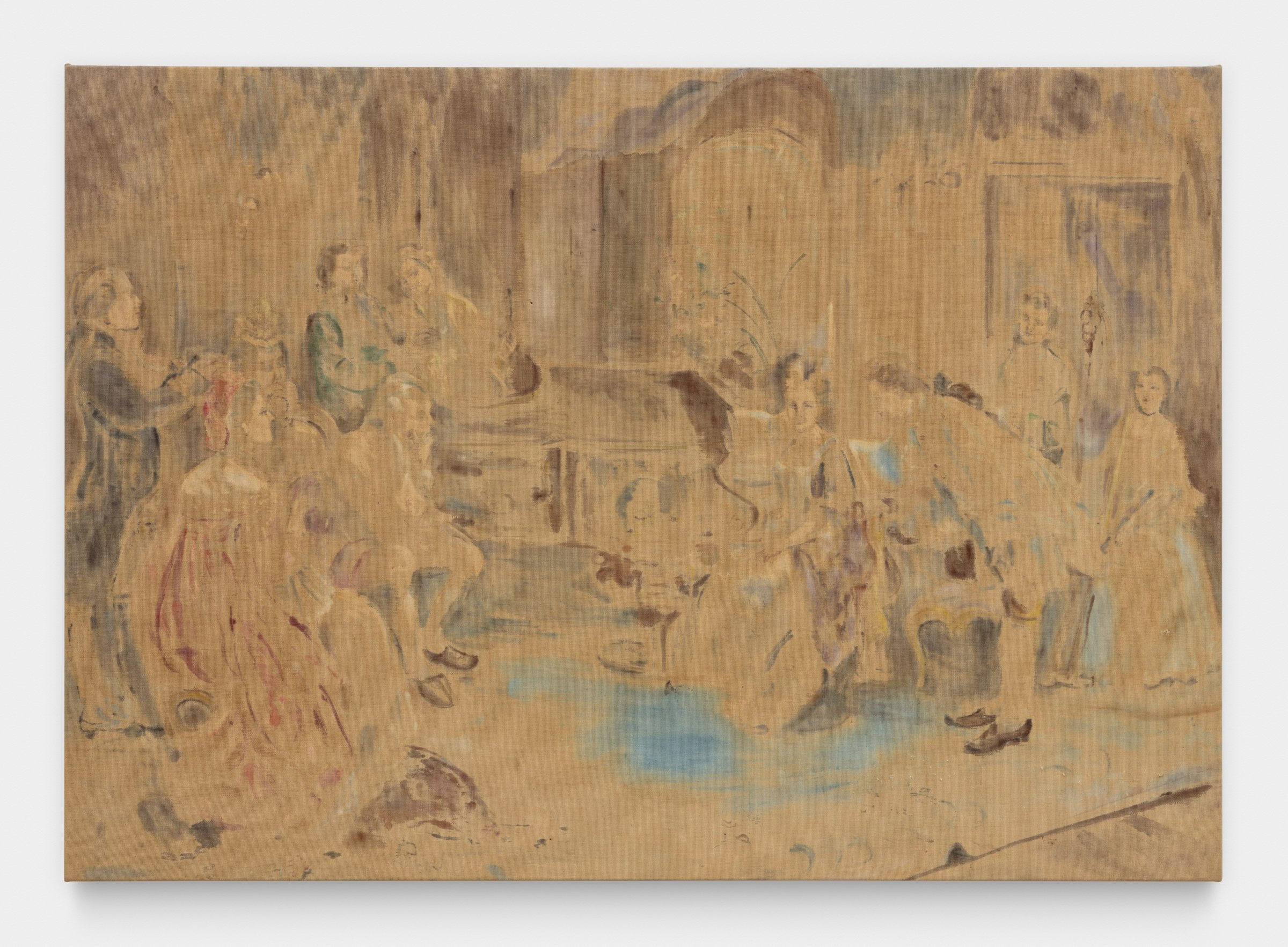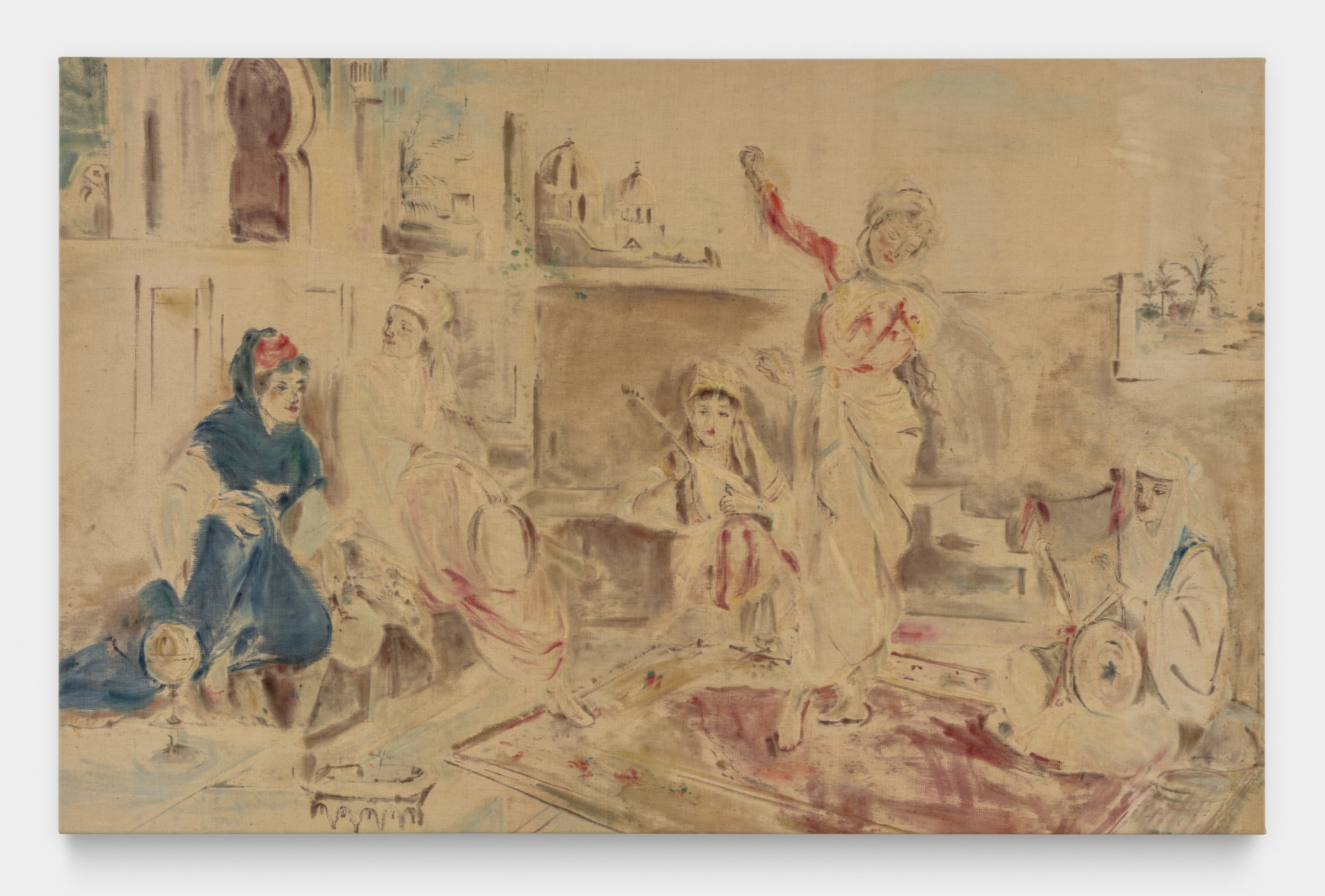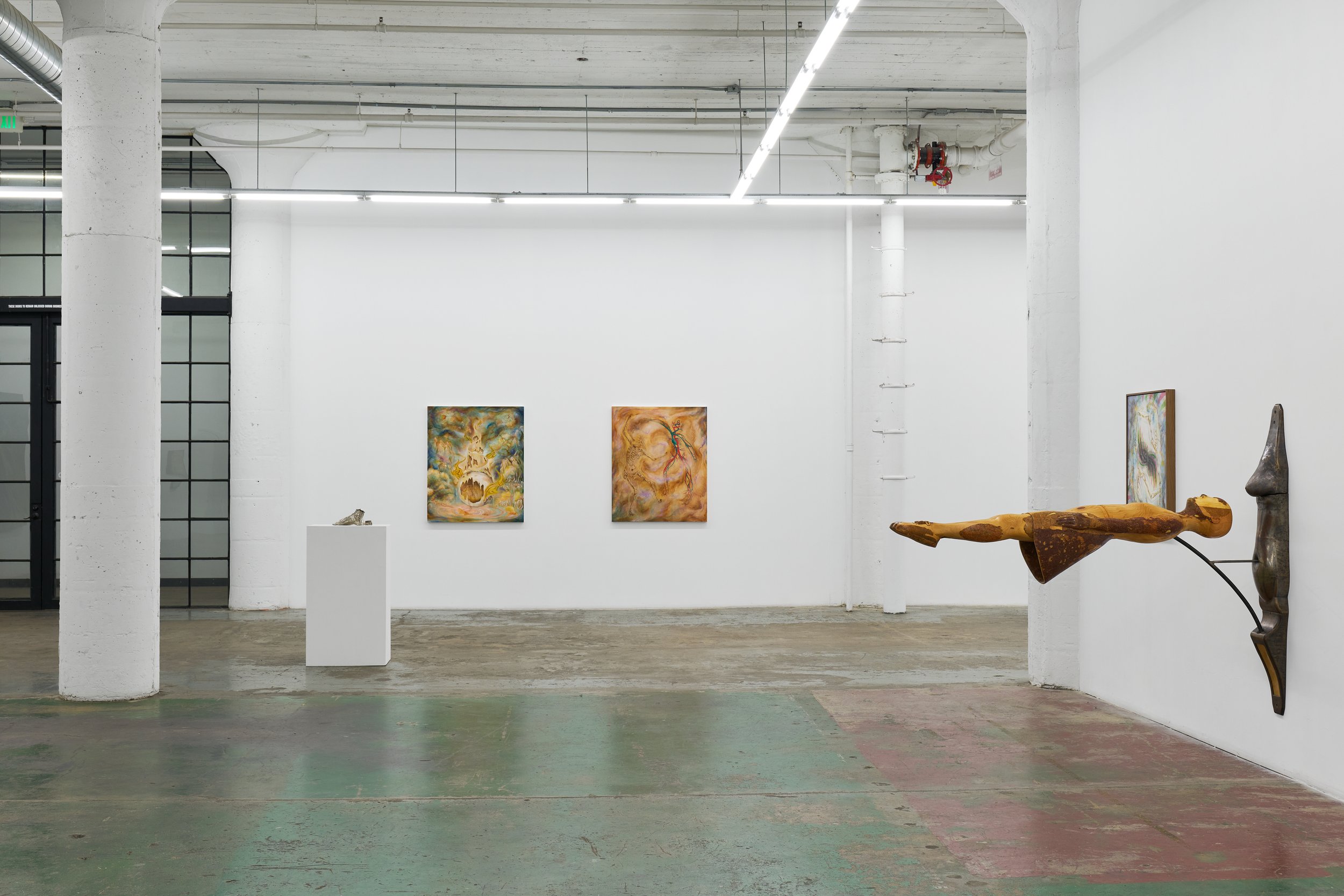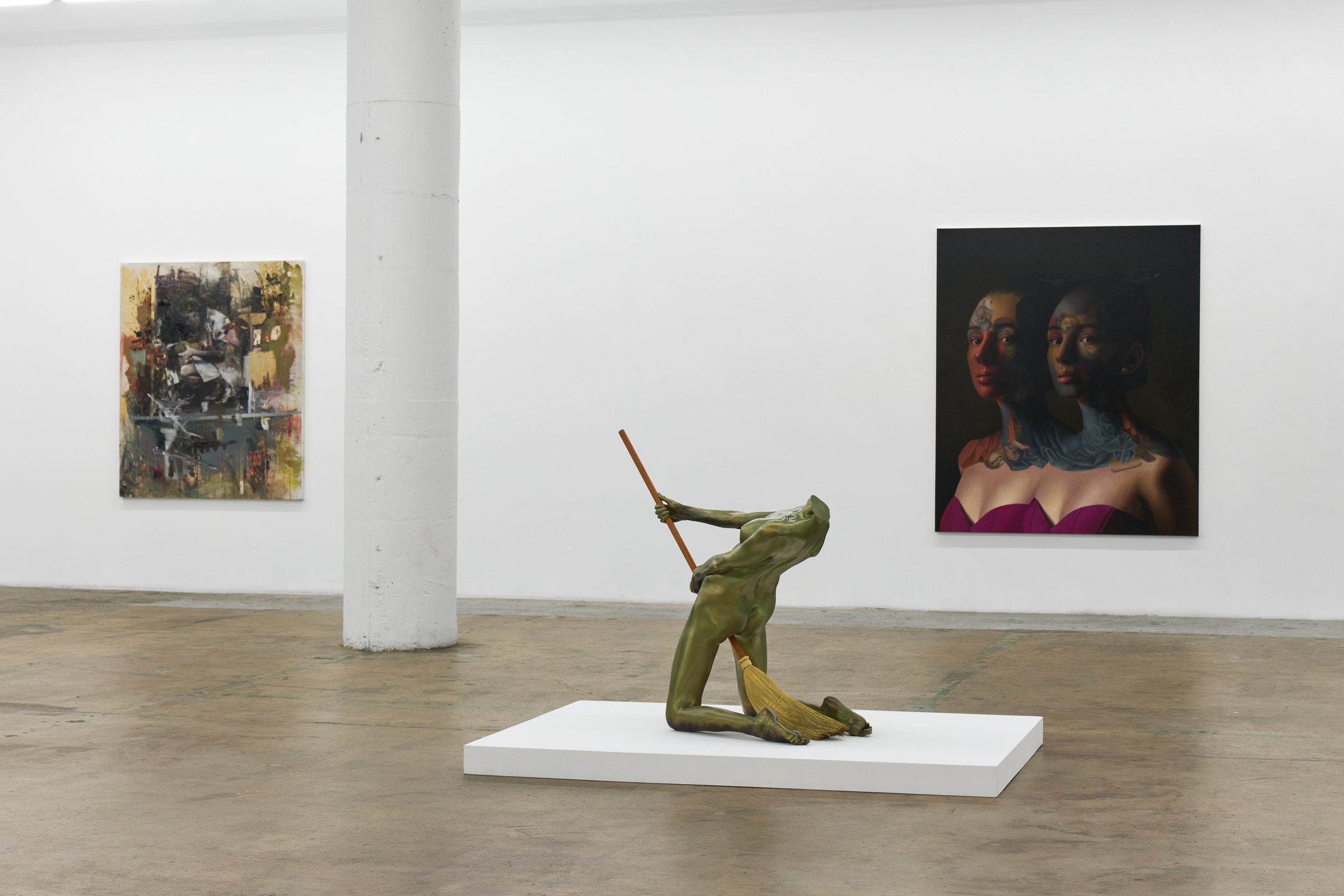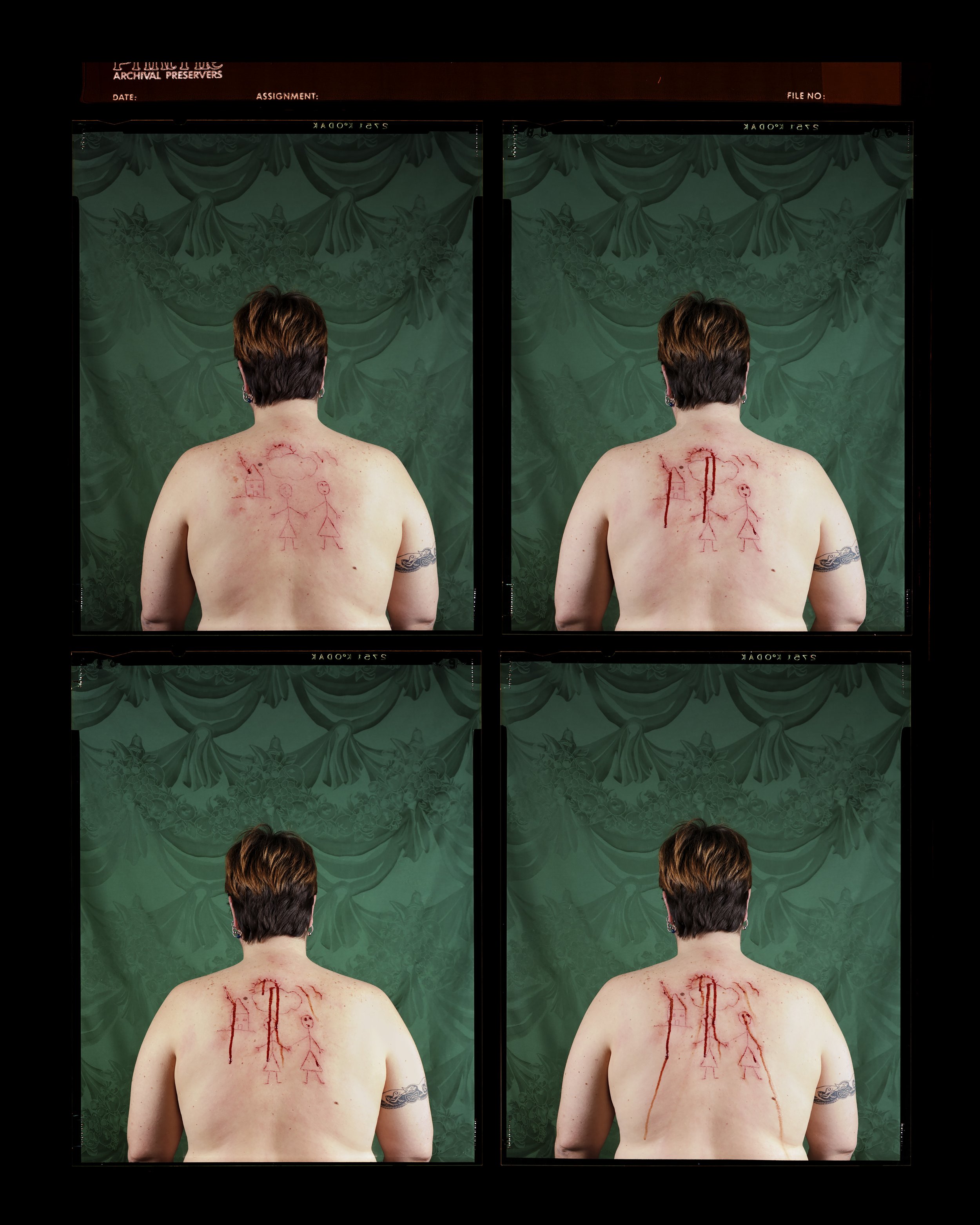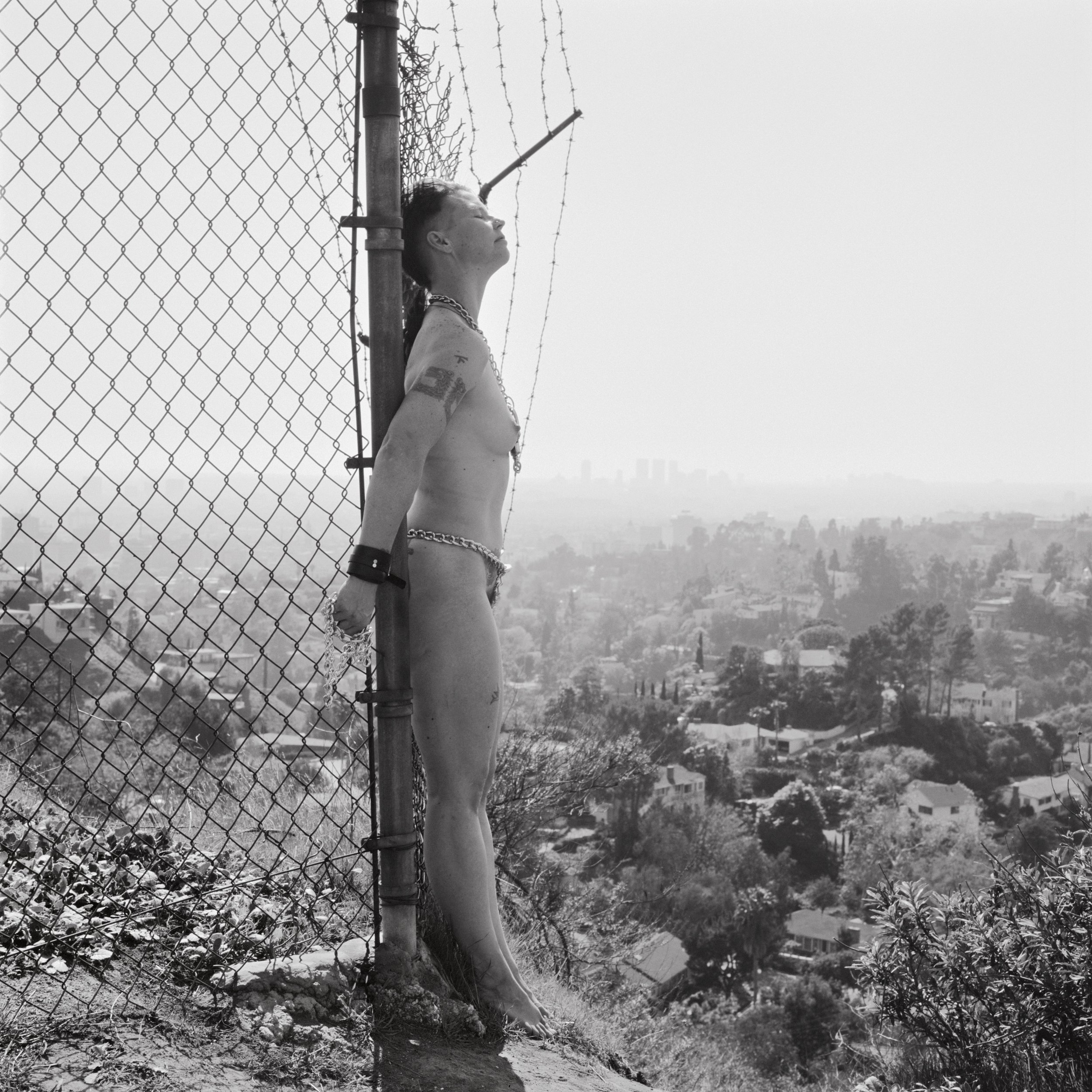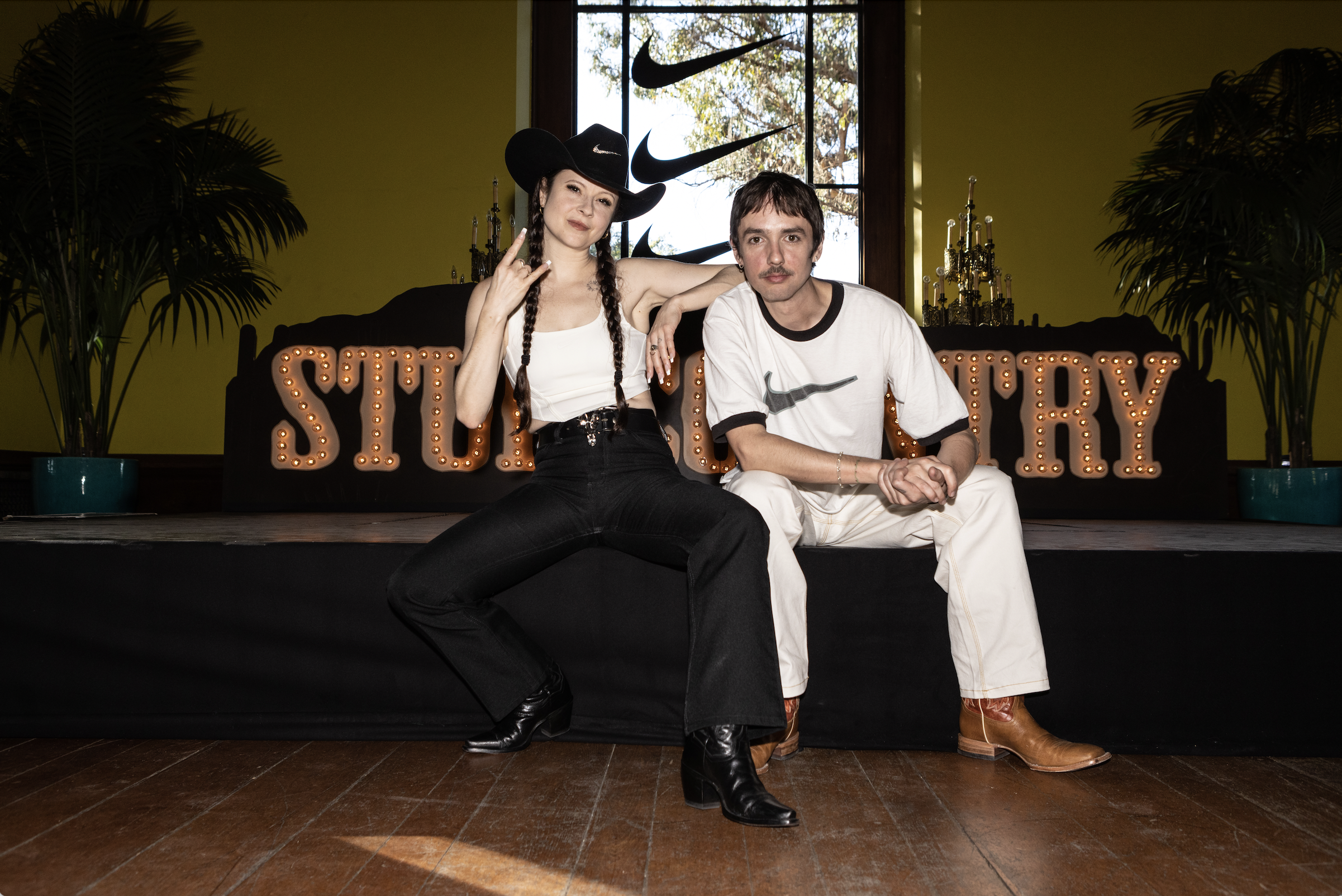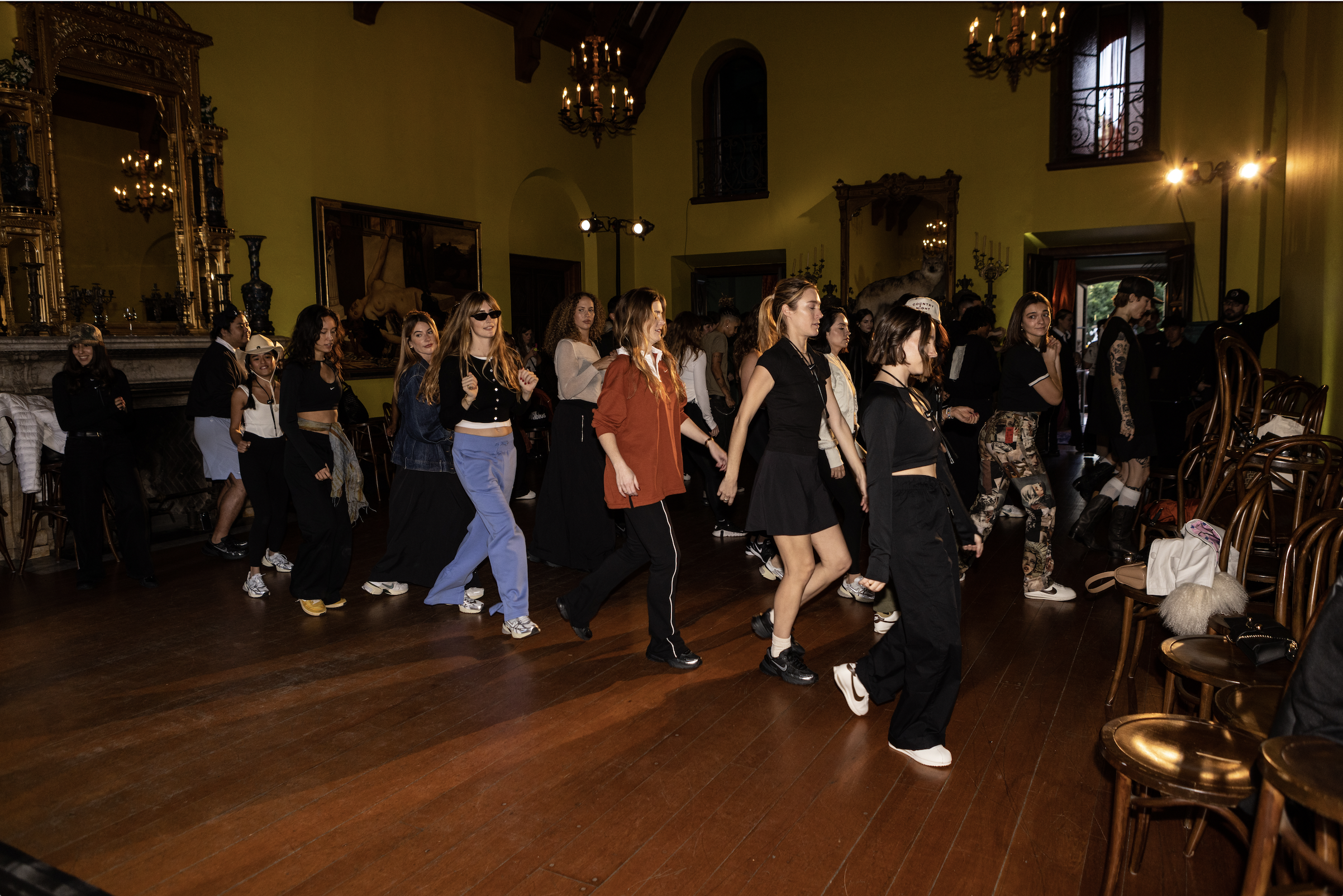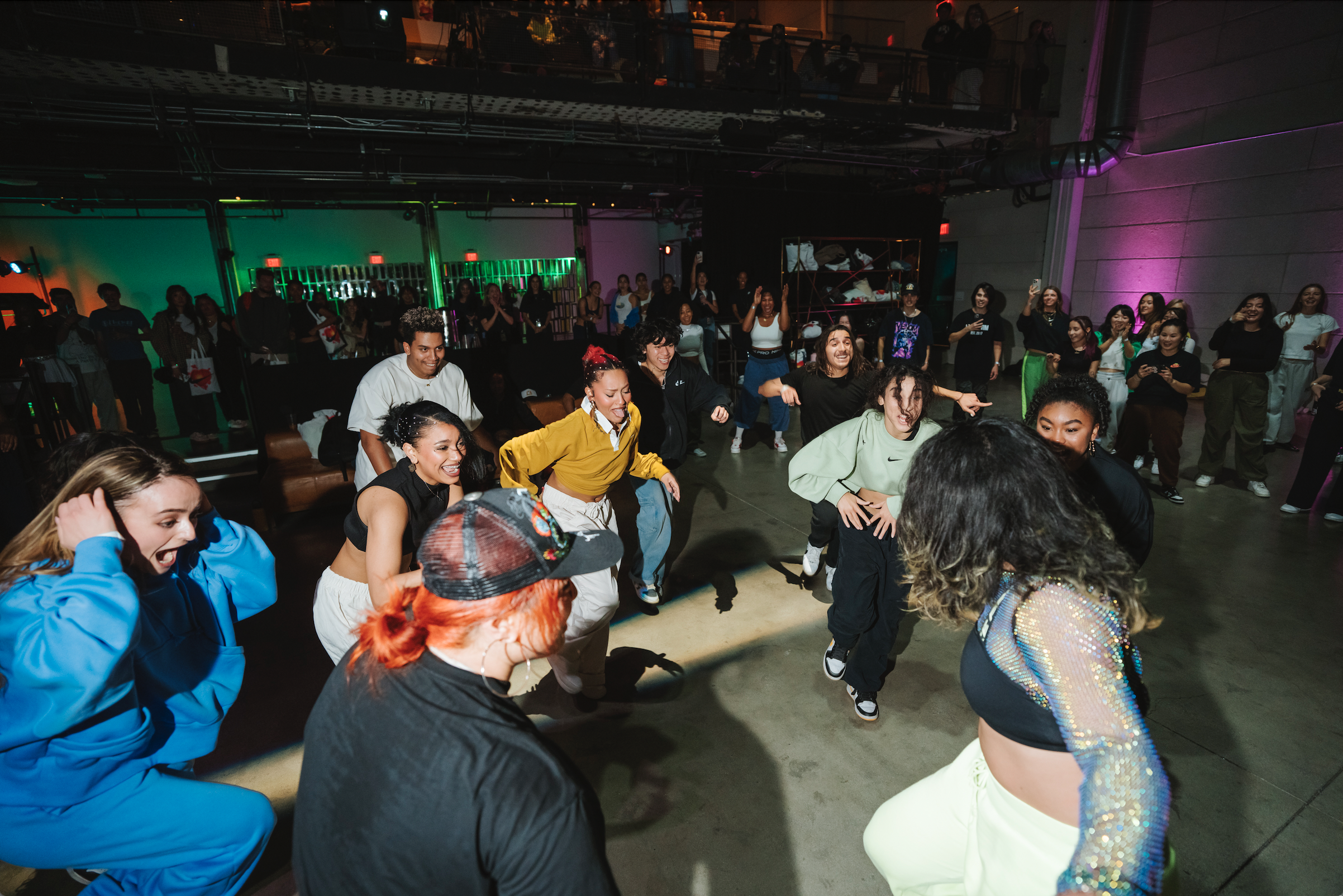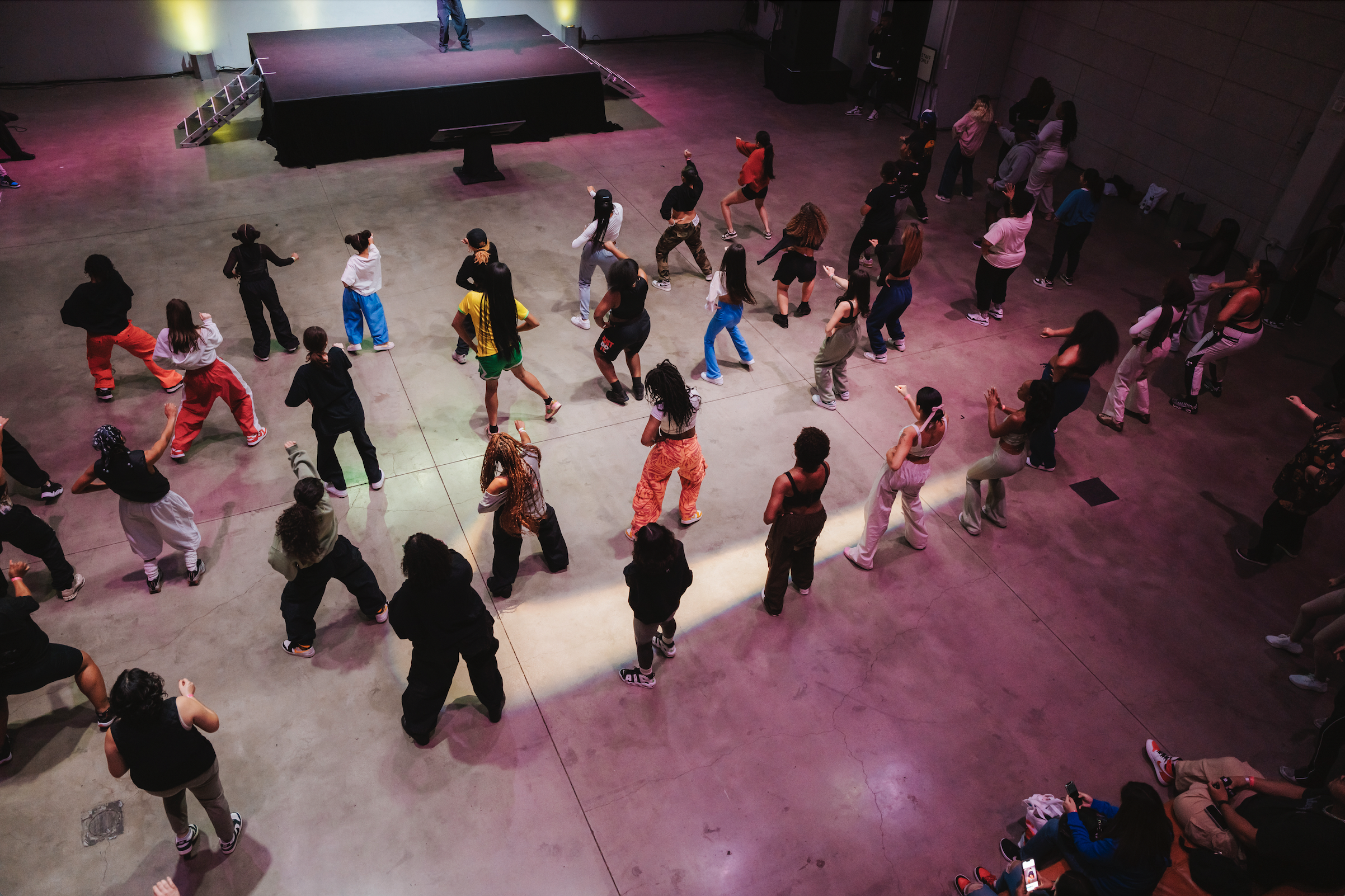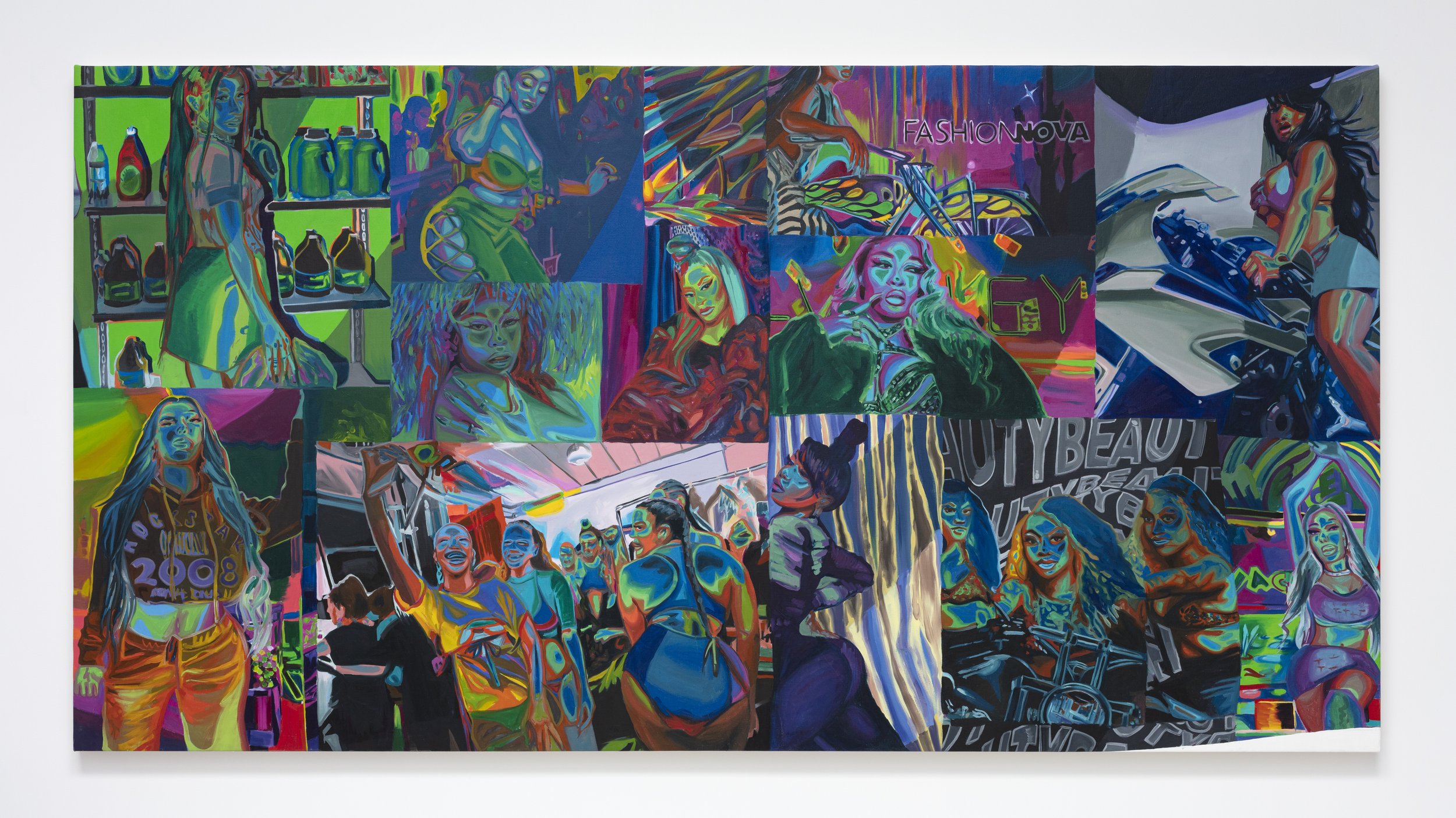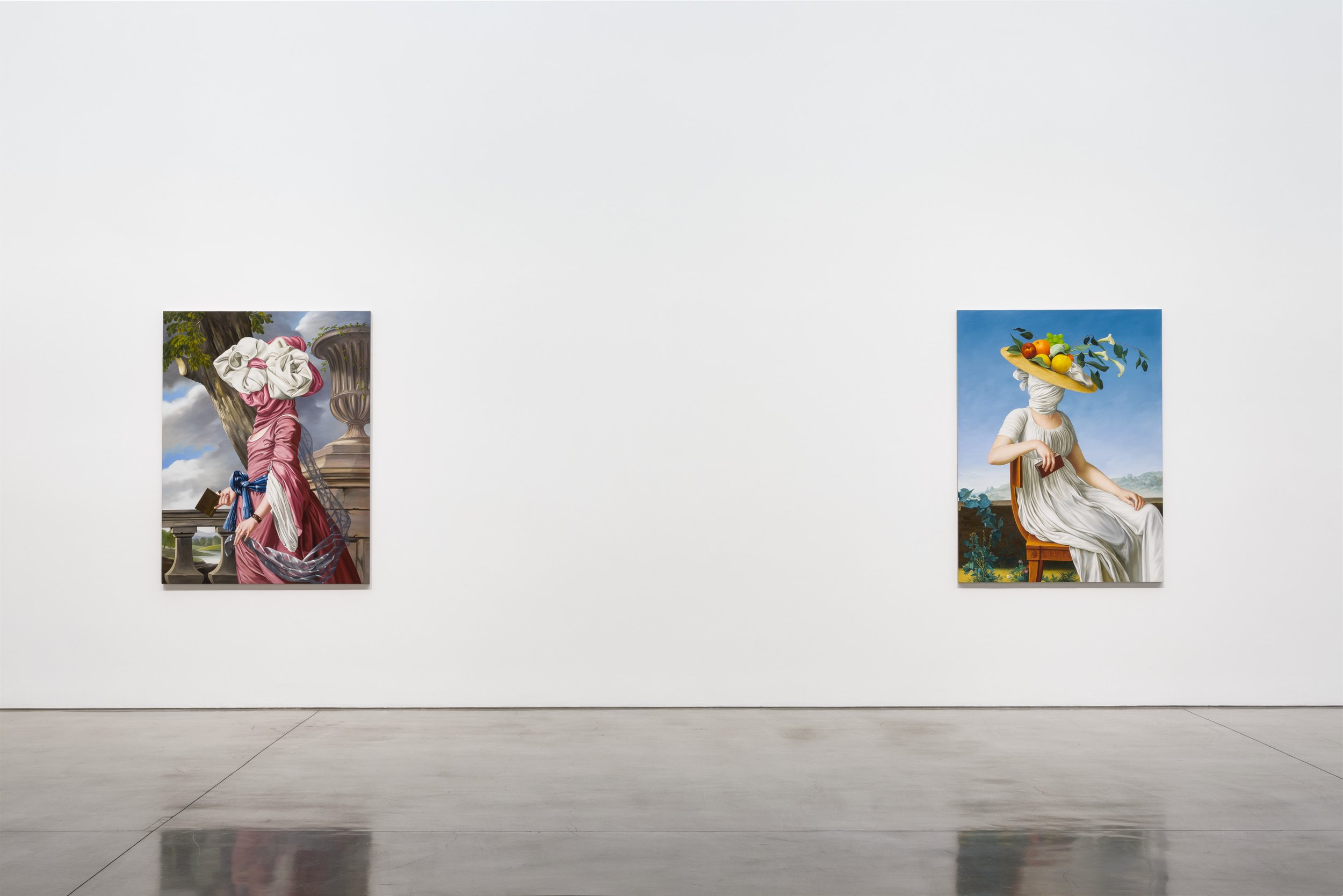There’s a genealogical nature to quilting, particularly in its ties to Black history both domestically and abroad, that communicates family history, positionality, class, background, ethnic origin, and cultural practices. Butler’s work is inventive and rooted in a knowledge of the history that shapes and informs her work, even though she doesn’t have a direct familial tie to a quilting ancestry–she takes shape and fills a void to synthesize the two sectors of culture she negotiates between, both Black American history and African history. The matrons of quilting have certainly informed her work from a critical perspective, explains Butler, “I went to the Whitney and I see all these quilts on the wall by African-American women, specifically the quilters of Gee’s Bend, which had last names like that of the Pettways. I thought these women were wealthy. I thought each one in the show was a famous artist. You have a show at the Whitney. You have to be making money. I was walking around the room thinking, I got it. I know what I'm going to do now. I’m going to be a fine art quilter just like them.”
Butler not only calls on the women of Gee’s Bend, whose work solidified her aspirations of becoming a quilter, but also the women of Ghana who use varied patterns in their quilting practices to signify fertility, wealth, class, and obscured ruminations on marriage and family, among many other things. So many messages are implicit and visible in her work, but the most engaging component is the various ways in which she subtly reinforces the narrative of the quilts. She establishes a legacy in her lineage, pushing forward what it means to shape and colorize fragmented or disregarded memories that matter. Saidiya Hartman conceptualizes this possibility when she writes on “critical fabulation,” wherein the absence allows for something to grow, for truth to emerge in what the Black artist materializes grounded in a Black historical truth. Butler constructs moving portraits of Black life, and through this, she historicizes a consciousness of her experiences, enmeshing them with ruminations on community, love, and her own familial ties. We don’t know who each subject is, but they are real, and we see their most intimate and honest forms when we look at them in these portraits. Butler expands the possibilities of the quilting canon, directing and dialoguing new approaches to the discipline by working through the absence of an archive, and by narrativizing the social and political themes of her work. She takes on the question of Black joy and resilience in the face of growing political and social tensions in the United States, suggesting that in order to feel seen, one must seek safety in a tender closeness. Through this, she stewards what we know to be true across cultures, languages, and even words: that our memories are shaped by those who help us feel safe in our daily lives.
Butler traces some of her earliest quilting work to her own family, crediting her father for the materials that opened the door to the themes she continues to unpack in her work today. She explains, “One of my first quilts was an imagined portrait of my grandfather. My father’s from Ghana, born in 1939 in a more rural part of Ghana in the north. Very agrarian. And he doesn’t have any photographs of his dad, so I never knew what he looked like. That’s always been in my mind, you know, what did my grandfather look like? What did he sound like? What was he like? I decided that I would find a photo of an elderly northern Ghanaian man because they have a specific kind of look. When African people see me, especially if they’ve traveled extensively, they know not only that I’m Ghanaian, but they’re like, ‘Oh, you’re from the north.’ It’s something about the sort of long narrowness of my face and my nose. So, I found a picture of a man, and I made my first quilt.”


